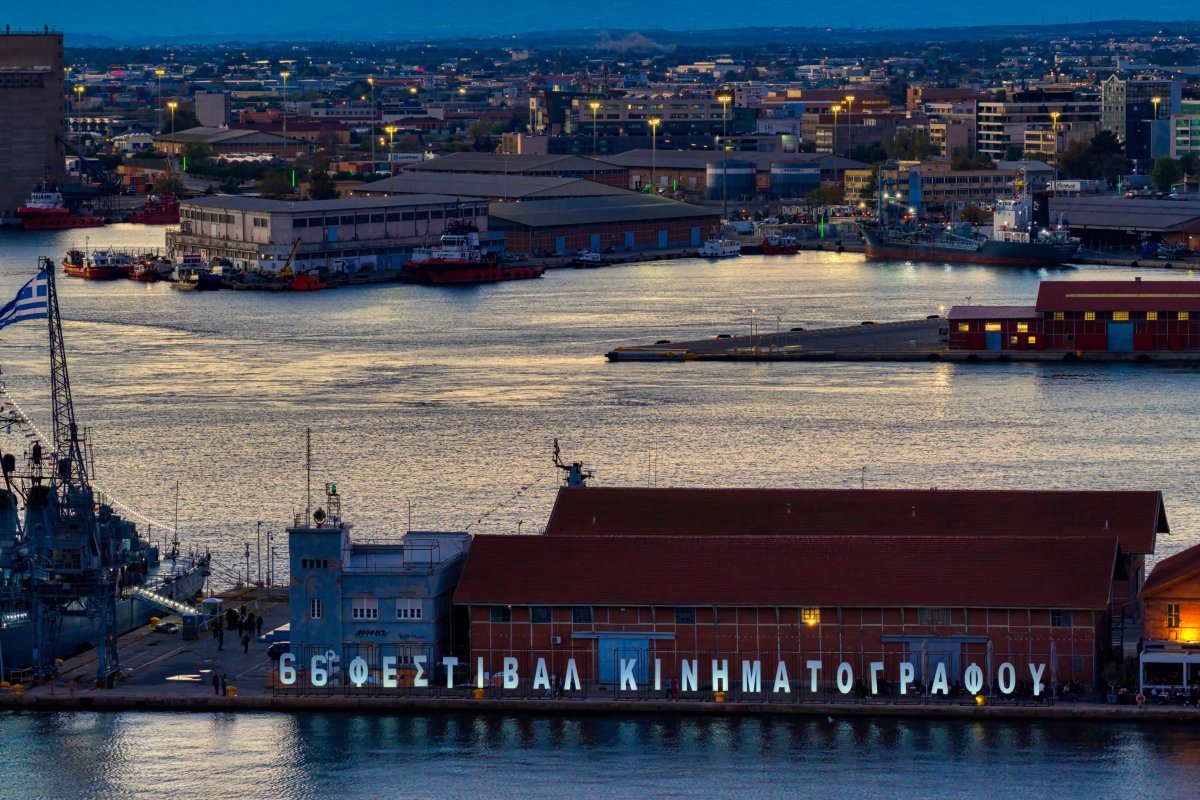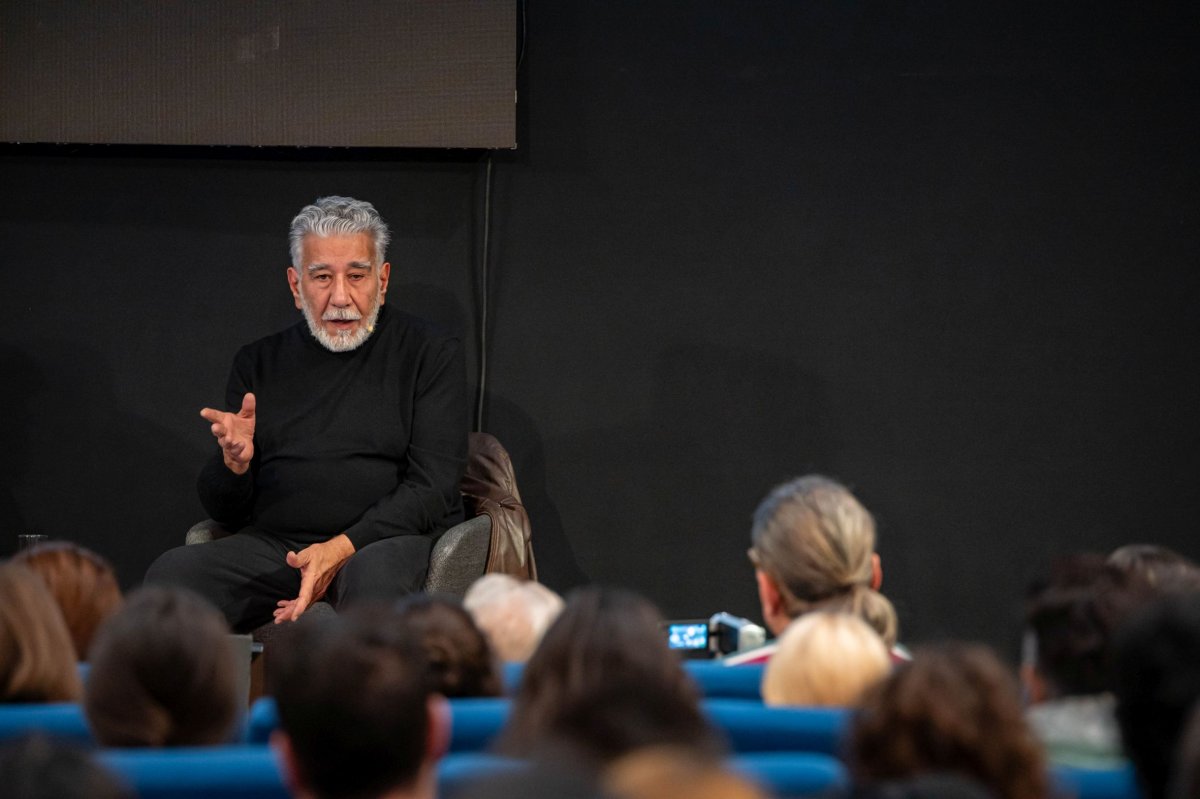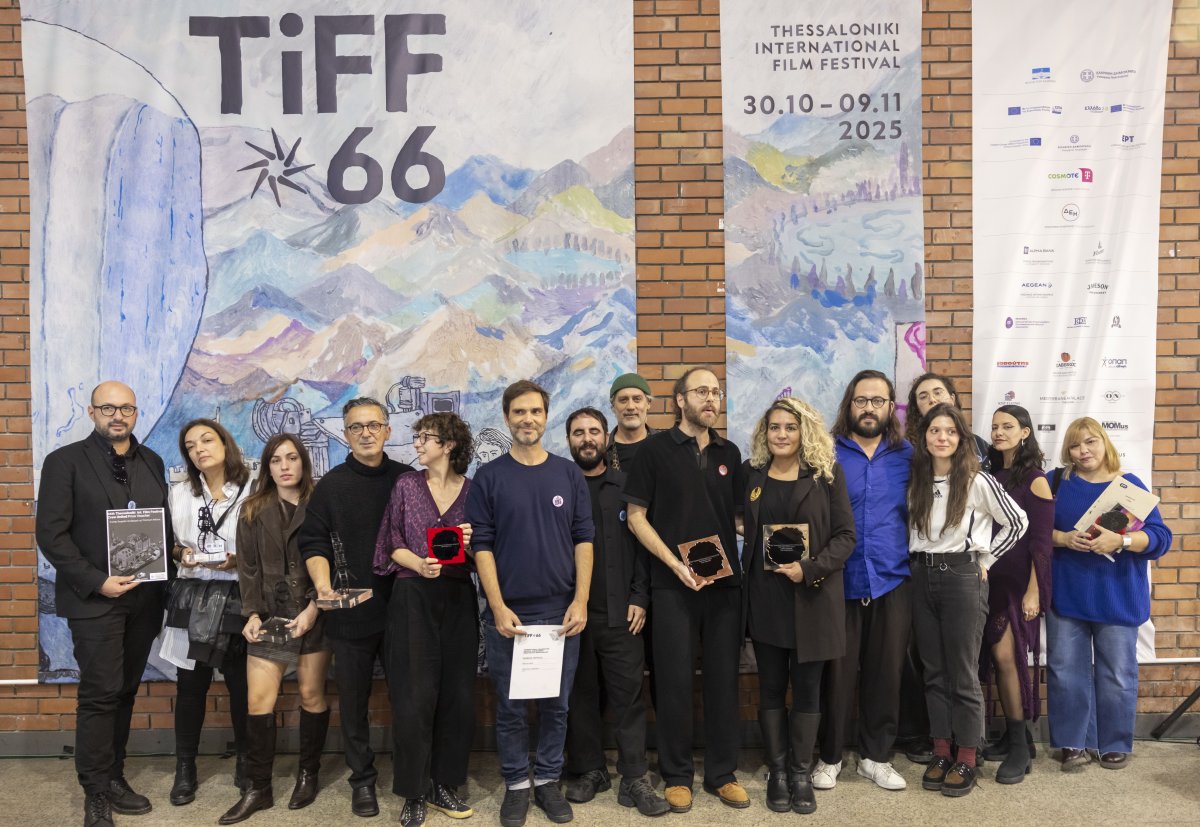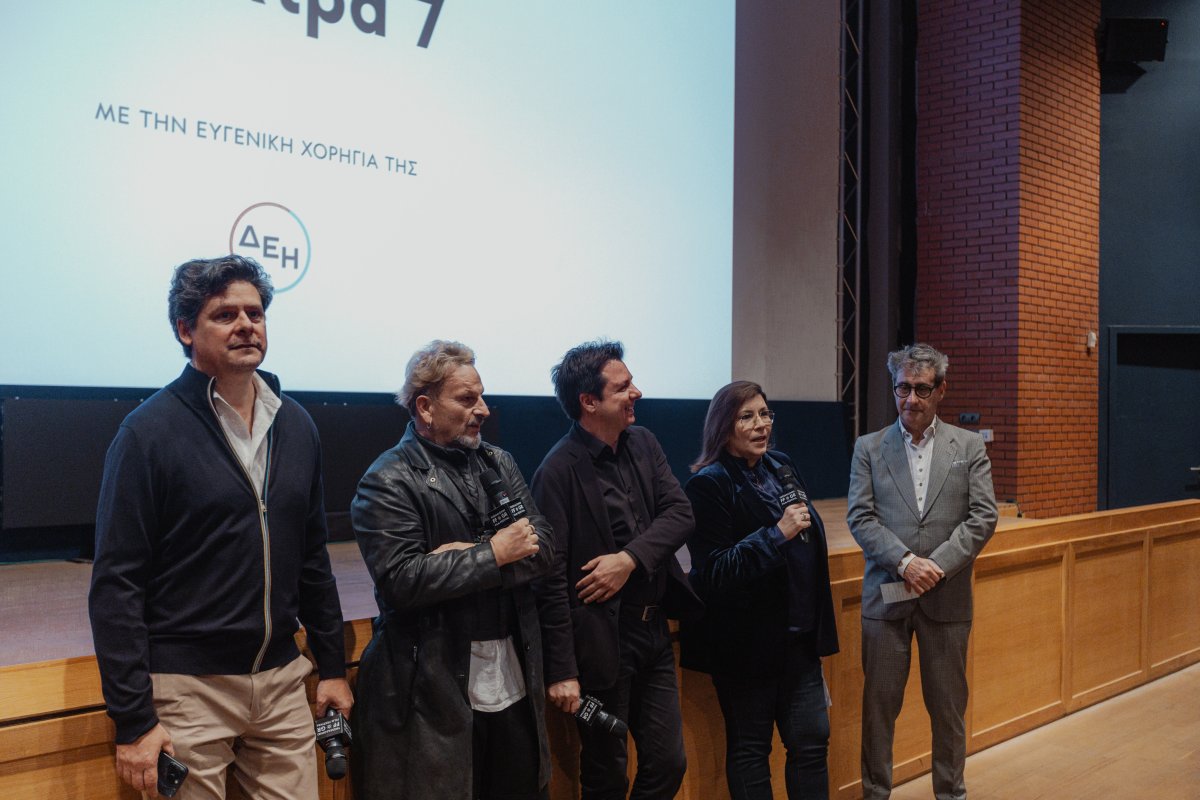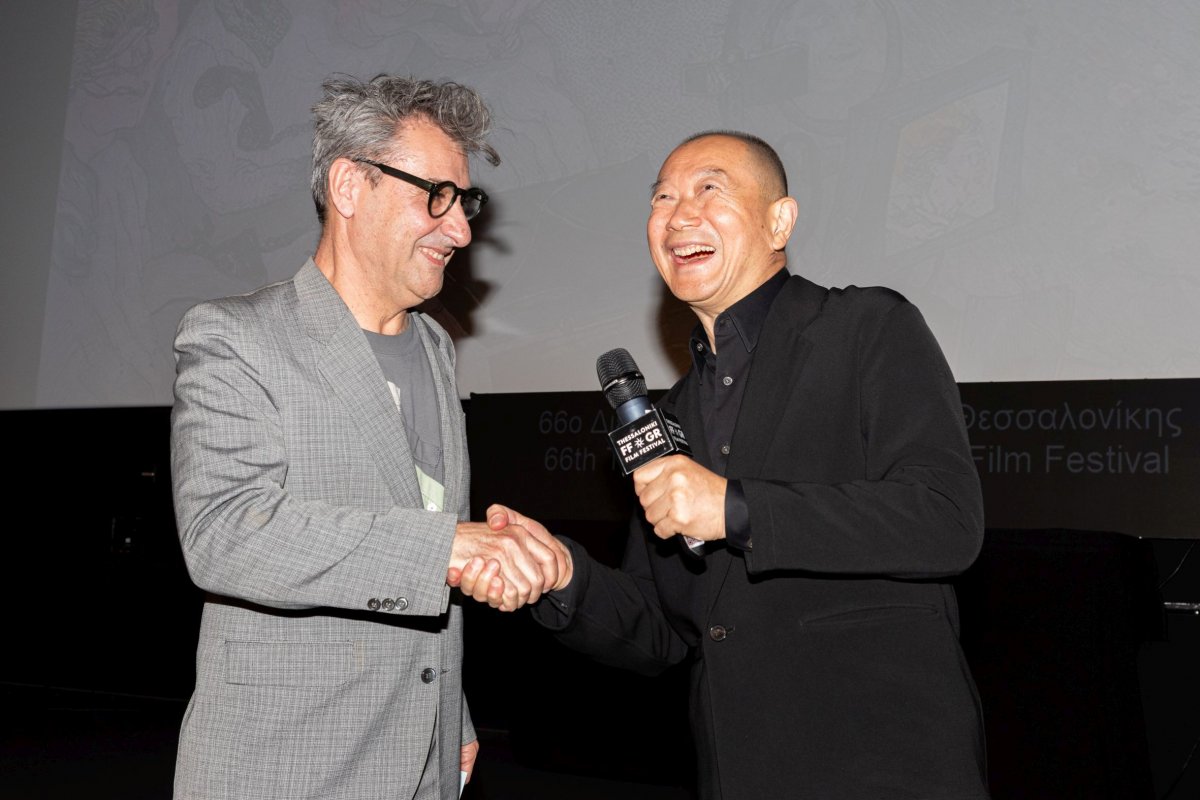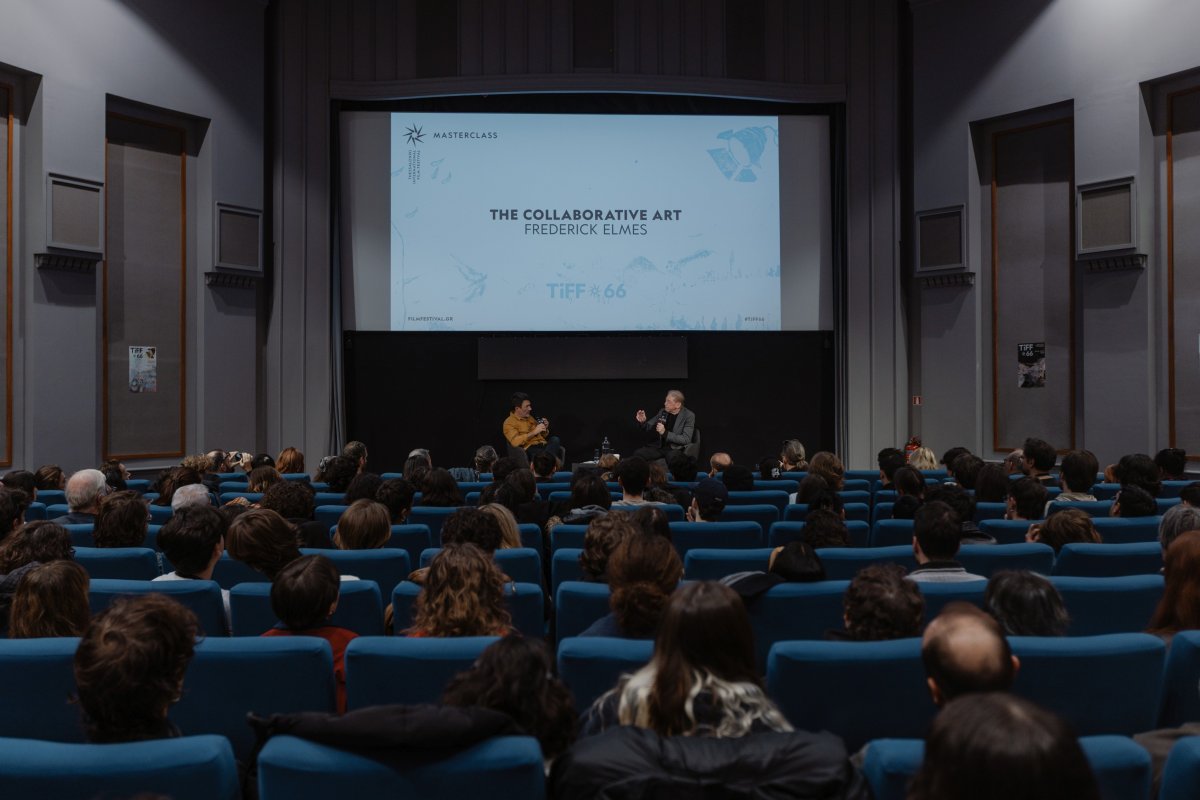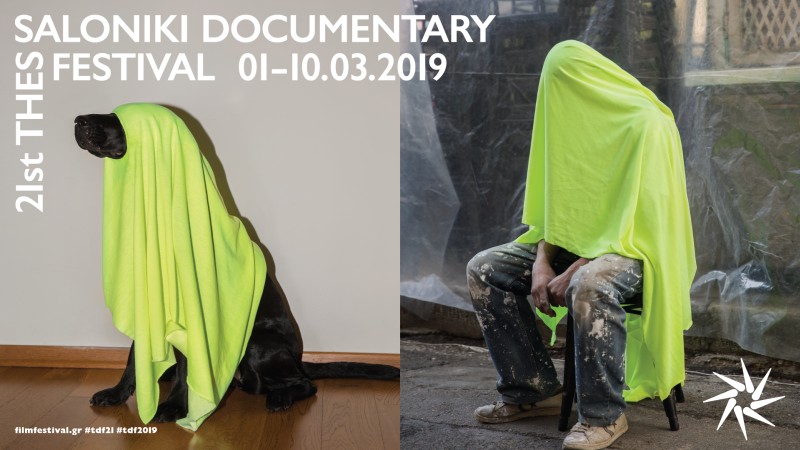INDEPENDENCE DAYS
Round Table - Philippines
Modern independent cinema in the Philippines was the main topic of conversation at the round table on Monday November 16 at the John Cassavetes Theatre. The film critic and professor Ed Lejano led the talk on the dynamics of a new and creative period that has placed the cinema of the Philippines on the world map. The participants included important personalities of the world of cinema and film directors from the Philippines.
Film directors Lav Diaz, Sherard Anthony, Raya Martin, Adolfo B.Alix Jr, Khavn De La Cruz, John Torres, Jim Libiran and producer Arleen Guevas talked about production conditions in their country, fund raising possibilities, digital technology and the web, and about how the social factor in the Philippines influences their work. A screening of part of their work at the opening of the round table gave a sense of the current ‘independence’ that marks cinema in the Philippines.
Arleen Guevas, who has so far produced four films, said that: “Raising funds is difficult when you don’t make commercial films. To make independent films one must find funds abroad. Mainly in European countries like Germany, Holland or France.” She said she looked forward to collaboration in production with other countries, including Greece, adding that “thanks to the net, distances are now abolished”. She concluded saying that, with regard to production and communication with the public, independent authors adopt the ‘do-it-yourself’ motto.
Reality and its protagonists are a source of inspiration for Jim Libiran who has worked on documentaries. He declared that “mainstream cinema in the Philippines is more the realm of people who are involved in politics and use cinema to increase their popularity, and not so much a world of artistic creation.”
Raya Martin stressed the need to make cinema industry a universal reality. He also talked about the golden age of cinema in the Philippines in the ‘50s and the need of the public to go back to the roots. However, he added, there is little archive material to go on and this is a serious obstacle.
Adolfo B.Alix Jr said that though there is no fund raising incentive, and despite other obstacles which include state censorship, filmmakers still manage to make films. Lav Diaz added that “freedom of expression has no place in the Philippines”. Filmmakers must find alternative ways to circumvent these problems. Talking about the way he represents his country in his work, he said that he uses images of his destitute countrymen in a symbolic manner to communicate with the rest of the world.
Ο Khavn De La Cruz mentioned that “the only place where films can be screened regardless of censorship are the university and the cultural foundation centre”, adding that digital creation affords greater freedom of expression and a way to escape the asphyxiating world of production and distribution in the Philippines.
John Torres said that his films “mirrored the Philippines and its culture”. He said that travelling abroad made him realise all the more the specific cultural elements of his country. Sherard Anthony talked about the subject matter in his films and the amateur actors he uses who inspire him into making stories that truly represent the reality of the country: “what I do is give the heart beat of the Philippines”.




